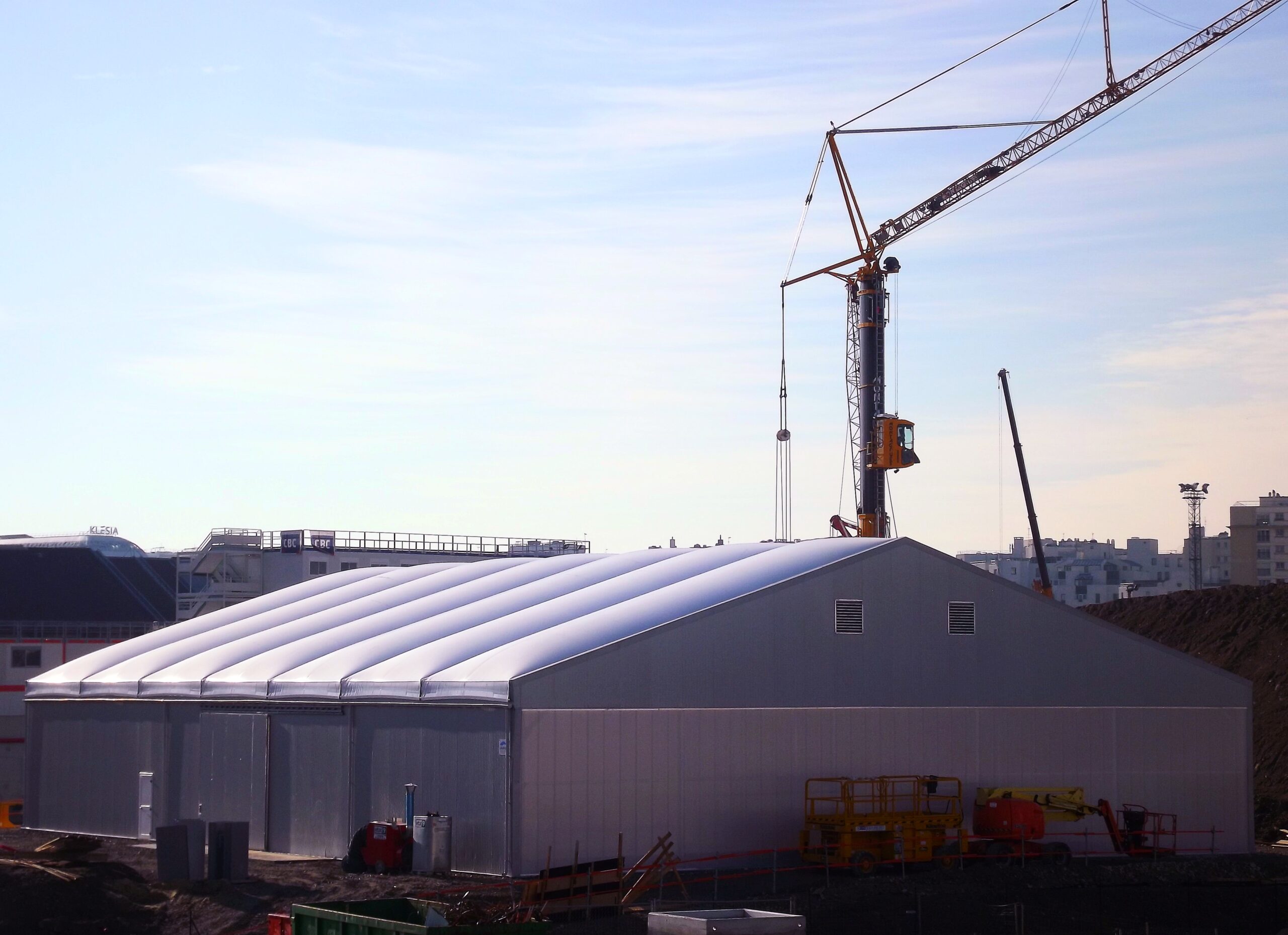An insulated temporary or semi-permanent building is an ideal solution for any business that needs additional space for storing sensitive stock or increasing its workspace capacity. These structures offer not only durability and flexibility but also a cost-effective alternative to traditional brick-and-mortar buildings. Whether you’re dealing with seasonal fluctuations, expanding operations, or managing temperature-sensitive materials, an insulated building can provide the necessary protection and efficiency your business demands.
Why Insulation Matters
Insulation is critical to ensuring the optimal protection of your assets and the comfort of your staff. Proper insulation helps regulate temperature, reduce energy consumption, and create a comfortable working environment, all of which contribute to operational efficiency. In climates where temperatures can swing dramatically, insulation becomes even more crucial, as it maintains a stable internal environment, protecting your products from the risks associated with extreme heat or cold.
The Process Behind the Installation of an Insulated Steel Frame Building
Initial Construction of the Steel Frame
The process of installing an insulated steel frame building begins with the construction of the steel framework. This foundational step is crucial, as the frame must be built with precision to ensure the building’s structural integrity. The steel components are assembled on the ground, ensuring all joints and connections are secure. Once the frame is fully constructed, it is lifted into position and bolted securely together. The stability of this frame is paramount, as it will support not only the building itself but also the insulation and any additional loads such as lighting or HVAC systems.
Applying the Outer Canvas Cover
Following the assembly of the steel frame, the outer canvas cover is applied. This cover is more than just a protective layer—it serves as the building’s first line of defence against the elements. The cover is carefully lifted and pulled over the steel frame, then tightened to ensure a snug fit against the steel pipes. This tensioning process is critical, as it prevents the canvas from sagging or shifting, which could compromise the building’s insulation and overall performance.
The Insulation Process
Once the steel frame and outer cover are in place, the insulation process begins. This step is vital for enhancing the building’s energy efficiency and maintaining a consistent internal temperature. Proper insulation not only helps in reducing heating and cooling costs but also plays a significant role in protecting sensitive materials stored within the building.
Choosing the Right Insulation Material
Selecting the appropriate insulation material is crucial to the performance of the building. There are several options available, each with its benefits. Blown wool is a particularly popular choice for insulating steel frame buildings due to its cost-effectiveness, ease of installation, and ability to control humidity levels. Additionally, blown wool is fire and melt-resistant, providing an added layer of safety, especially in environments where fire protection is a concern.
Insulating the Roof
The roof is the primary area where heat loss or gain occurs, making it the most critical part of the building to insulate. After the outer canvas cover is secured, the insulation can be installed on top of the inner liner. Blown wool is typically used for this purpose, applied using a blown-in or loose-fill technique. This method allows the insulation to be evenly distributed, even in hard-to-reach areas such as tight corners and crevices.
The inner liner of the steel frame is equipped with PVC stoppers, which run vertically and hold the insulation in place, preventing it from shifting or settling over time. This ensures that the insulation remains effective throughout the building’s lifespan, maintaining its thermal performance and energy efficiency.
Wall Insulation
Once the roof insulation is in place, attention turns to the walls. Just as with the roof, choosing the right insulation material for the walls is essential. Rock wool, also known as mineral wool, is an excellent choice for wall insulation. Made from materials such as stone and glass, rock wool is water-resistant, naturally resistant to mould and mildew, and provides excellent fire protection. Additionally, rock wool offers acoustic control, helping to reduce noise levels within the building.
Rock wool is installed in blocks on wooden frames, ensuring a snug fit within the wall cavities. This method not only maximises the insulation’s effectiveness but also contributes to the overall stability and durability of the building.
Final Thoughts
Insulated temporary or semi-permanent buildings offer businesses a versatile and cost-effective solution for expanding their operations. By understanding the importance of proper insulation and the processes involved in installing it, businesses can ensure that their assets are protected and their staff remains comfortable, all while keeping energy costs in check. Whether used for storage, manufacturing, or additional workspace, these buildings provide a practical alternative to traditional construction, with the added benefits of flexibility and reduced environmental impact.
Temporary Steel Frame Structures from Lauralu
At Lauralu, we have over 30 years of experience in manufacturing temporary, semi-permanent and permanent buildings for businesses spanning multiple industries.
Our bespoke structures can be fully insulated to help protect your assets from weather conditions, significant temperature changes, and theft.
If you have any further questions about our steel frame insulated buildings or would like to receive a no-obligation quote, don’t hesitate to get in touch with a member of our team today.
Like what you see?
Let’s build something together
Get in touch
Contact us at Lauralu for more information or advice regarding temporary buildings.
We can provide you with a free fast estimate or advice on temporary buildings.
